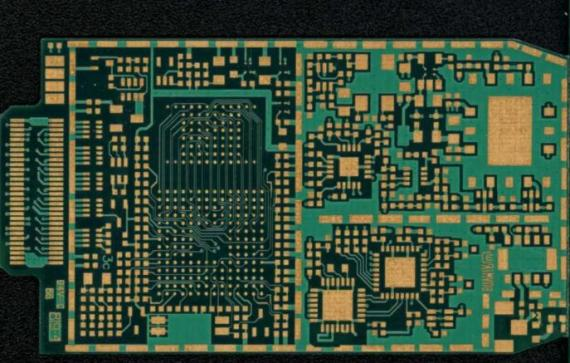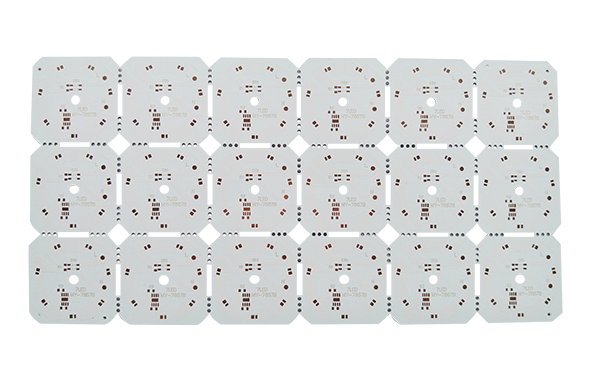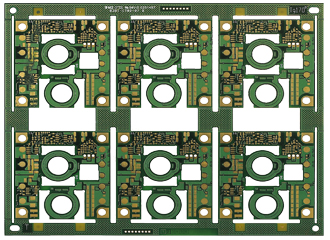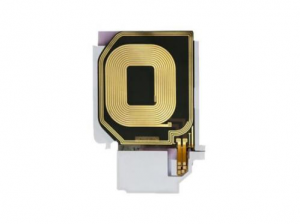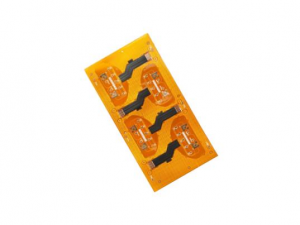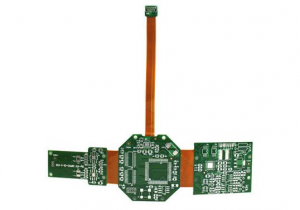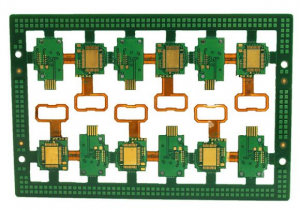I believe that people who work in the electronics industry are still very familiar with circuit boards. Whether you are engaged in software or hardware, you cannot do without circuit boards, but most people may only have contact with ordinary circuit boards. I have seen or even never heard of FPC soft board and soft-rigid combination board. Let me introduce to you what is FPC soft board and soft-rigid combination board. What is the difference between them and ordinary circuit boards? What should be paid attention to when designing PCB What are you waiting for?
FPC soft board and soft-rigid combination board also belong to the category of circuit boards, which are only used in special cases. Before introducing FPC soft board and soft-hard combination board, let’s first understand what is a circuit board?
Circuit boards can be divided into: ceramic circuit boards, alumina ceramic circuit boards, aluminum nitride ceramic circuit boards, circuit boards, PCB boards, aluminum substrates, high-frequency boards, thick copper boards, impedance boards, PCBs, ultra-thin circuit boards , ultra-thin circuit boards, printed (copper etching technology) circuit boards, etc., can be found in any electronic device, and play a role in fixing and connecting electronic devices in the circuit.
Next, let’s first introduce what is an FPC soft board.
FPC circuit board, also known as flexible circuit board, is a highly reliable and excellent flexible printed circuit board made of polyimide or polyester film as the base material. It has the characteristics of high wiring density, light weight, thin thickness and good bendability, and is mainly used for connection with other circuit boards. FPC soft board can save the internal space of electronic products to a certain extent, making the assembly and processing of products more flexible. For example, LCD/OLED and AMOLED screen display panels in smartphones are connected through FPC soft boards, which are widely used in notebook computers, digital cameras, and medical, automotive, aerospace and other fields.
After we have a clear understanding of the soft board, it is easy to understand the soft and hard board. As the name implies, the soft and hard board refers to the flexible circuit board and the rigid circuit board. After pressing and other processes, they are combined according to the relevant process requirements. , forming a circuit board with FPC characteristics and PCB characteristics.
The rigid-flex board has both the characteristics of FPC and PCB. Therefore, it can be used in some products with special requirements. It has both a certain flexible area and a certain rigid area, which saves the internal space of the product and reduces the The volume of the finished product is of great help to improve the performance of the product, but the production of the rigid-flex board is difficult and the yield rate is low, so its price is relatively expensive and the production cycle is relatively long.
After we understand what is FPC soft board and soft and hard board, what do we need to pay attention to in actual design?
Things to keep in mind when laying out:
1. The device needs to be placed in the hard area, and the flexible area is only used for connection, which can improve the life of the board and ensure the reliability of the board. If the device is placed in the flexible area, it is easy to cause the pad to crack or the characters to fall off.
2. When the device is placed in the hard area, there must be at least a 1mm distance from the soft and hard area.
When wiring, you need to pay attention to:
1. The graphics in the soft area should be at least 10mil away from the edge of the board, no holes can be drilled, and the distance between the via hole and the joint between soft and hard is at least 2mm.
2. The lines in the flexible board area should be smooth, and the corners should be connected by circular arcs. At the same time, the straight lines and arcs should be vertical, and the pads should be treated with teardrops to avoid tearing
3. At the edge of the flexure area, copper foil needs to be used to reinforce the connection at the bend of the connection.
4. In order to achieve better flexibility, the bending area should avoid changes in trace width and uneven trace density.
5. The wiring at the bottom of the table should be staggered as much as possible to avoid overlapping the lines at the bottom of the table.
Post time: Feb-16-2023

